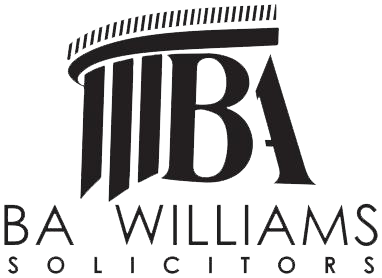The Upper Tribunal (UT) was faced with the question of whether a tenant under a long equitable lease could be regarded as a qualifying tenant for the purpose of the Commonhold and Leasehold Reform Act 2022 (CALRA 2022) provisions on the right-to-manage (RTM).
Background:
Numbers 7 to 26 Cresta Court is a self-contained part of a building. By a claim notice dated 21 January 2022, the respondent gave notice to the appellant, the freeholder of the building, that it intended to acquire the right to manage the property. The appellant gave a counter-notice on 24 February 2022 contesting the respondent’s entitlement and, on the 16th March 2022, the respondent made an application to the First-tier Tribunal (FTT). One of the points of contention was the lack of notice of invitation to participate given to the leaseholder of Flat 17, Ms. Beverley O’Connor, despite her being a qualifying tenant and entitled to receive such notice.
Ms. O’Connor’s lease was granted in April 2020, yet her leasehold title was not registered until after the service of the claim notice. At the date of the claim notice, there was a note on the freehold title of a pending application, yet the RTM company had received no further details of the application and was unaware that a new lease had been completed. The reason for the delay in the registration of the lease is unknown.
The FTT ruled that Ms. O’Connor was a qualifying tenant based on an interpretation of Section 112(2) of the CALRA 2022 as including an equitable lease. Moreover, the failure to serve her with a notice of invitation to participate invalidated the claim notice. The respondent appealed.
Decision:
The UT agreed with the FTT and upheld that an equitable tenant could constitute a qualifying tenant for the purposes of Section 75(2) of the CALRA 2022. However, the term ‘long lease’ is qualified by the words “where the context permits” in Section 112(2). Where there was a legal lease and an equitable lease of the same property, the holder of the legal lease would be the qualifying tenant. Where there was no legal lease, the holder of an equitable lease would be the qualifying tenant.
The UT noted that the failure of an RTM company to serve a notice of invitation to participate on a tenant whose newly granted lease had not yet been registered was not fatal to the RTM claim. The UT thus refused to follow a strict interpretation of the requirements of Section 79(2). Despite the judgement of the Supreme Court in A1 Properties (Sunderland) Ltd v Tudor Studios RTM Company Ltd (2024), clarifying that non-compliance with Section 79(2) had clear statutory consequences, the UT interpreted ‘not valid’ as not meaning ‘invalid’, but rather voidable. Only the tenant who did not receive the notice of invitation could then seek a declaration from the High Court that the RTM claim notice was invalid. In this case, the tenant had become a member of the RTM company and so there was no issue arising.
Implications:
This important judgement clarifies that an equitable tenant in the ‘registration gap’ is a “qualifying tenant”. This decision will have important implications for future RTM claims.
This decision also established that it is not open to the freeholder to take advantage of a procedural failure on behalf of the tenant. Instead, if the tenant wants to contest the validity of the notice of invitation, they must do so on their own. Any other interpretation would have gone against the purpose of the CALRA 2022. This decision, along with the Supreme Court decision in A1(Sunderland), will make it very difficult for landlords to oppose RTM claims solely on procedural failure grounds.




